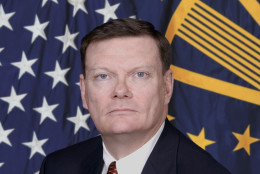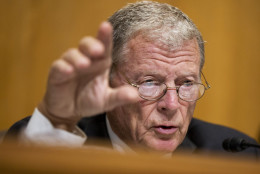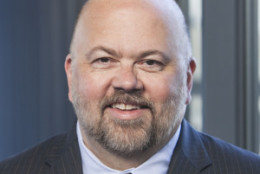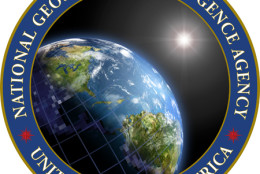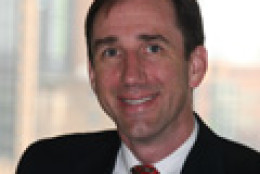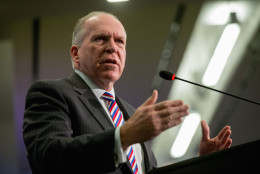Hiring/Retention
-
The House Oversight and Government Reform Committee questioned the administration on its new federal security clearance reform plan. Members of the committee wanted further details about the Office of Personnel Management's role in the new process, as well as the timeline, funding, and the authorities that DoD would have under the National Background Investigations Bureau.
February 25, 2016 -
Sen. Jim Inhofe asked the Armed Services Committee to delay voting out Brad Carson's nomination for undersecretary of defense for personnel and readiness until allegations of a hostile work environment are checked out.
February 25, 2016 -
The Office of Government Ethics proposed a rule to help Executive Branch employees follow guidelines when looking for new jobs. The rule includes new examples, clarifies language, as well as addresses the gray area of social media and employment opportunities.
February 25, 2016 -
Why would anyone want to be a federal CIO? Jeff Neal breaks down the pros and cons of the position.
February 24, 2016 -
Improvements to the federal job portal include an application tracker, which lets candidates monitor their progress as they start and finish an application online. The Office of Personnel Management will roll out more improvements to USAJobs.gov throughout the year.
February 24, 2016 -
A report from the Partnership for Public Service and Accenture Federal Services found that data, governance, communication and engagement, and workforce management are the biggest challenges for government agencies trying to improve customer service.
February 23, 2016 -
Donna Seymour is stepping down after about two years of service. She was scheduled to appear before a House oversight committee on Feb. 24 to discuss the ongoing ways OPM is addressing the massive data breach.
February 22, 2016 -
Growing from its roots as a map-making agency, today's National Geospatial Intelligence Agency requires a surprisingly wide of talents. I discussed this with Susan Shumate, chief of the talent acquisition branch at NGA. Federal Drive with Tom Temin started with the most basic question: What does it take to be an analyst there?
February 19, 2016 -
The 2017 budget request from President Barack Obama would boost the federal workforce by 1.5 percent. That translates to about 37,000 people. Now the question becomes — should Congress go along — are agencies equipped to handle hiring on that scale? Tim McManus, vice president of education and outreach at the Partnership for Public Service, joined Federal Drive with Tom Temin.
February 19, 2016 -
Agencies need clearer hiring authorities from the Office of Personnel Management to successfully recruit and hire new tech talent, said Beth Killoran, acting CIO at the Health and Human Services Department. HHS has a 40 percent vacancy rate among its cyber and IT infrastructure workforce.
February 18, 2016 -
The Army is whittling down its 14,000 soldier backlog of noncommissioned officers that need educational training.
February 17, 2016 -
The Diversity and Inclusion Strategy for 2016-19 sets a three-year course for the CIA to embrace and integrate diversity into its workforce.
February 17, 2016 -
Defense companies are expected to increase hiring for the first time in five years, but that could create problems for the Defense Department's recruiting initiatives.
February 16, 2016 -
The Office of Personnel Management is proposing 11 questions that are more relevant and less ambiguous to measure satisfaction across specific governmentwide areas.
February 15, 2016 -
A new survey from NAPA and ICF found agencies say budget and workforce challenges stand in their way to moving more toward digital services. The administration is trying to address both of those through the 2017 budget request and new training.
February 11, 2016

